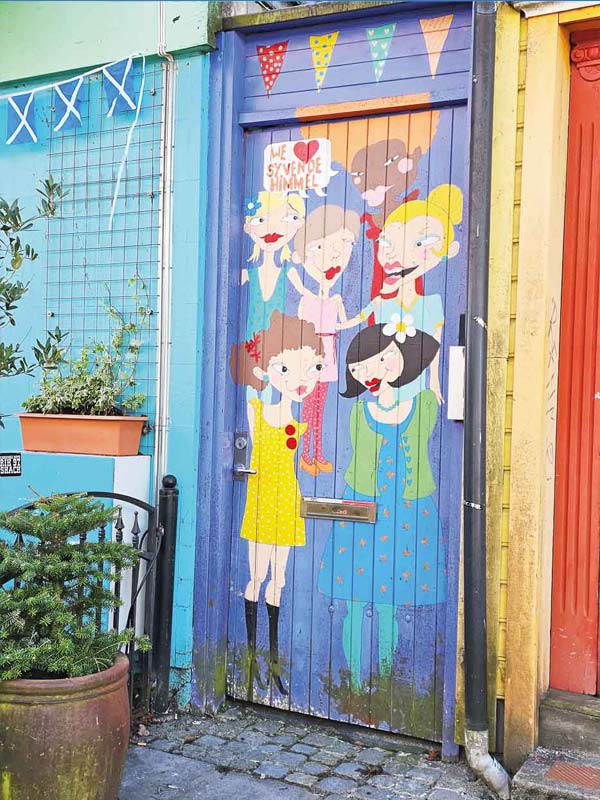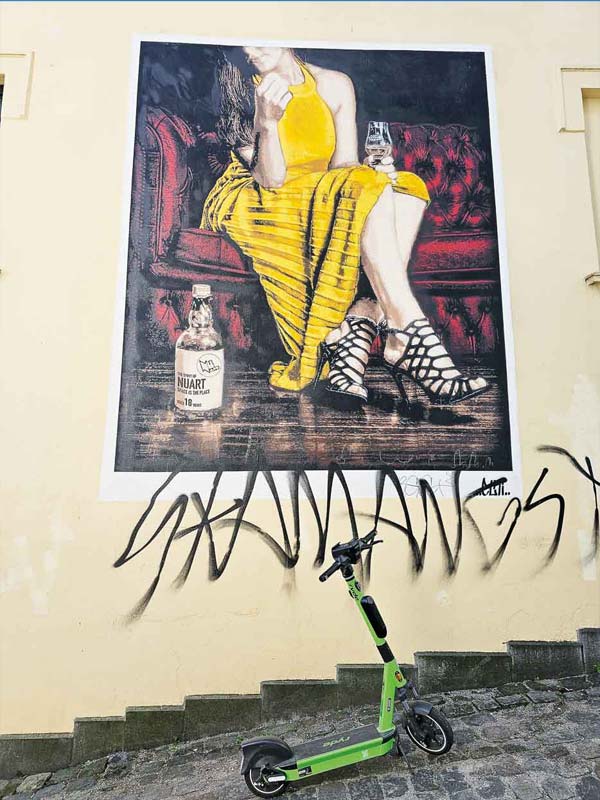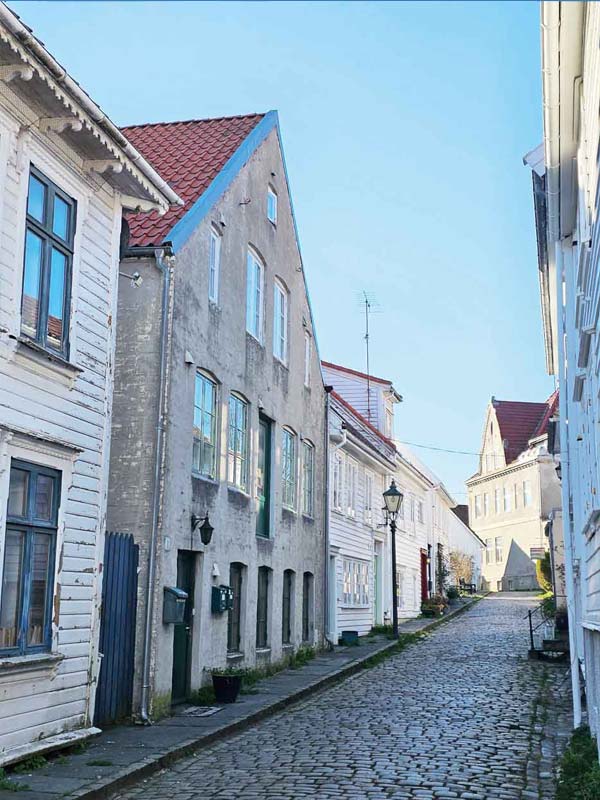
























Words and photos: Tina Edward Gunawardhana
Surrounded by a multitude of fjords, mountains and sandy coastlines, Stavanger is Norway’s fourth largest city. It is also Norway’s south-western port city and is home to a vast number of cruise ships that disgorge passengers to explore this quaint city which is famed for its Viking history, quaint wooden buildings and urbanity as a result of its petroleum and canned sardine industry.
Billed as a mecca for travellers keen on adventure and to experience nature at its most raw, Stavanger can easily be explored in two days and makes for an ideal and unusual addition to your European travel itinerary.
Once the European Capital of Culture, Stavanger’s quayside is utterly beautiful. The city also blends the old with the new with compelling ease. From its ancient port the city fans out along a network of islands, each one connected to its neighbour by an elegant bridge.
SAS (Scandinavian Air Services) offers reasonably priced flights to Stavanger from London and there are various other budget airlines that also fly into Stavanger from different parts of Europe. I arrived there on Friday night after having taken a commuter flight from London along with others returning to Stavanger after having worked the week in London. Public transport is easy to navigate. However, cash is not accepted on buses and trains and you need to purchase tickets via their travel app or else use your card to pay for travel which is slightly more expensive than pre-buying tickets from the app. Using Booking.com I opted for the Radisson Blu Atlantic Hotel in Stavanger as it is conveniently located close to all the sites.
As I was not sure where to get off despite following the route on Google maps the bus driver was very attentive and was more like a tour guide sharing snippets of information with me and made sure I got off right opposite the hotel.
Friday nights in Stavanger are busy with lots of people opting to dine out and engage in social activities. After a quick bite at a local restaurant which was packed to the rafters, I decided to call it a night and save my energy for some serious exploring the next day.
High on my agenda was a cruise along The Lysefjord which is considered a major attraction of Stavanger. I had booked a ticket online before arrival and decided to start my day early so that I could pack as much sightseeing as possible.
My first stop for the day was Gamle Stavanger, the historic centre, where artists’ workshops still occupy 18th century houses just as they did in years gone by. The area consists largely of restored wooden buildings which were built in the 18th century and at the beginning of the 19th century. The approximately 8000 wooden structures makes it the largest wooden city in northern Europe. The Old Town is located just a short walk from the harbour area. It offers travellers a chance to step back in time, experience history and also visit the canning museum which also explores the history of printing. Originally consisting of 173 buildings, the count has risen to 250 houses, shops and museums. Be warned though, the streets of the old town are set on a steep hillside and the climb up and down may knock the wind out of your sails, (nautical pun intended!). Øvre Strandgate, the main cobbled street, is where you find all the white wooden houses which reminded me of houses from a fairy tale.

